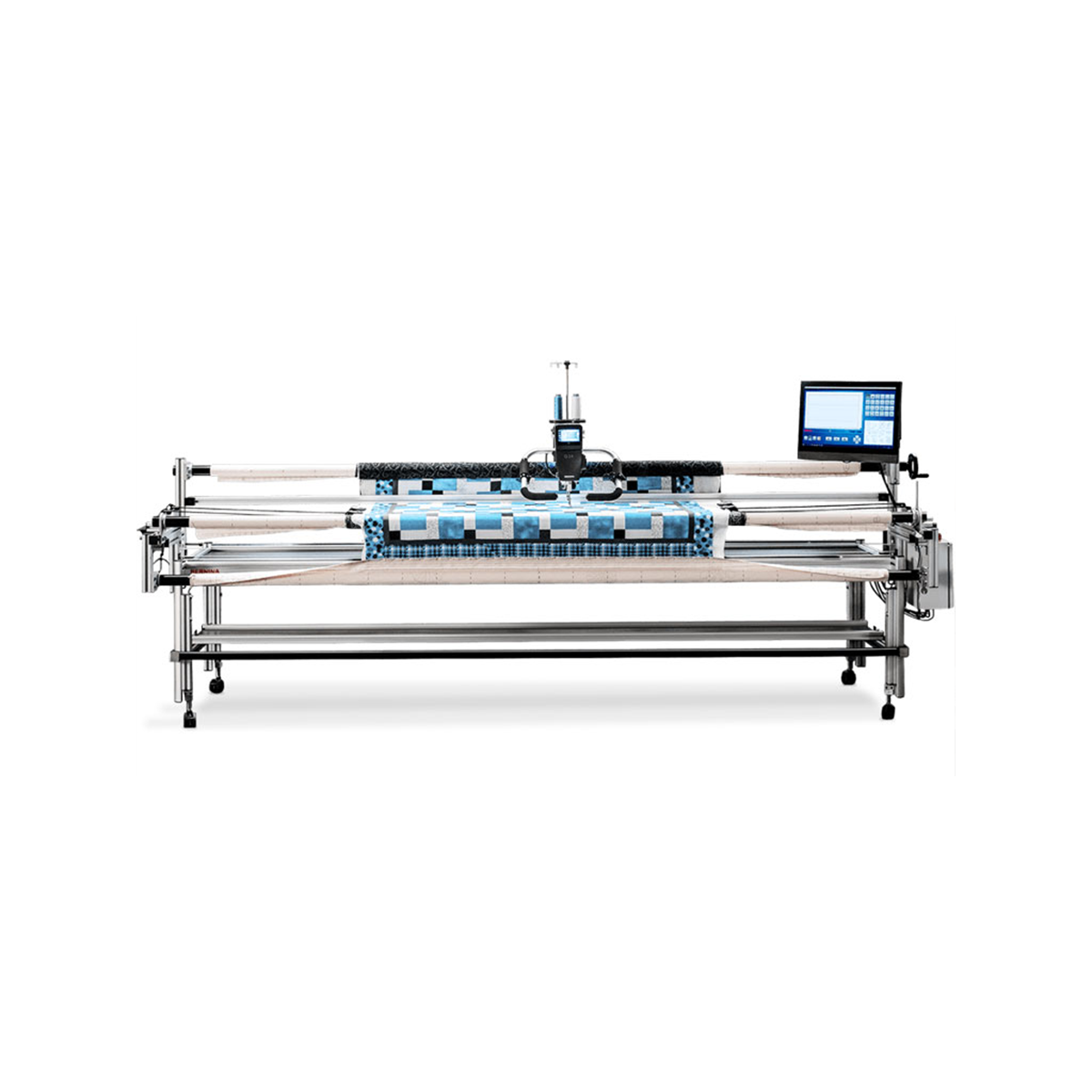
1. Prepare it right.
If you don’t pre-wash your fabric at least press it nicely. If you do pre-wash don’t use scented fabric softener or scent beads. Some Longarmers are very sensitive to perfumes.
2. Sew it right.
The Longarm machine doesn’t care if your points don’t match or your colours aren’t in style but it does care about how well sewn and pressed your quilt is.
As you sew, check frequently that you have caught both pieces of fabric. An open seam can catch in the Longarm and potentially tear your quilt.
Apply your borders properly to avoid the dreaded ‘wobbles’. Here’s how:
When your quilt centre is done and pressed measure across it at the centre line and note the size. Then measure halfway between the centre and the top and write that number down. Measure a third time halfway between the centre and the bottom. Add all three of these figures together and divide by three to get an average. Prepare a piece of border fabric that exact length. Mark the centre of the border fabric strip with a pin. Fold your quilt in half lengthwise and mark the centre of the quilt. Pin the border onto the quilt matching the corners and the centres. Then pin the border to the top of the quilt along the rest of the edge ‘easing’ in any fullness in the quilt body. Stitch this border on. Repeat for the bottom border using the same measurement.
Press the top and bottom border seams towards the border. Now measure the length of your quilt including borders in three places as you did the width, and take the average. Cut side borders the length of this measurement and apply them following the above instructions for pinning and stitching.
If you have more than one border continue in the same fashion to add your next border.
Once your quilt top is complete stay stitch about one eighth of an inch in from the edge around the entire quilt top. This helps to keep the fabric from stretching if you have borders on your quilt and helps prevent seams from opening at the edge of your quilt if you have gone ‘borderless’.
Do not add embellishments like buttons or beads until after your quilt is longarmed. If your quilt has flaps, pockets, flanges or special areas that you do not want stitched over like embroidery make sure you point these out to your longarmer. There are ways to quilt a quilt with these things but be aware that it may require more time and attention and therefore may increase what you are charged.
3. Press it right.
Press your quilt as you go. Quilts that have the seams pressed open lie flatter than seams pressed to one side. Try it both ways and see which you prefer. Either way, press your seams as you sew; press your blocks as they are completed and press the finished quilt top well. Remember to lift the iron and press it down. Try not to slide the iron as that may stretch the fabric. Fabric sizing (ie. Mary Ellen’s Best Press) is a great tool for making things lie flat.
Fold your quilt top gently, seams inward and put it in a bag or on a hanger ready for delivery to your Longarmer.
4. Things that don’t matter (too much)
- Size. The size of your quilt top is how we calculate your costs but it is the size of your backing fabric that affects how we load onto the machine. As long as your backing fabric will reach across from roller to roller our longarms can quilt things as small as a pincushion. The largest quilt backing width we can handle is about 120 inches so a quilt top of 110 inches wide is fine.
- Shape. Uneven edges as in a hexagon or tumbler quilt are not a problem. Different shapes like a circular tree skirt quilt fine as long as they lie flat.
- Fabrics. Our longarms will stitch though most commercially available light to medium weight fabrics. Special care will be needed with heavy seams as in denim or other dense fabrics, and knit fabrics will need stabilizing for best results.
- Fusible web products or basting sprays. These may require more frequent needle cleaning but don’t affect the machine performance.
